The Samsung T7 Shield is an external tough SSD that follows the T7 and T7 Touch, which were released in 2020 after a long absence. Since it included a fingerprint scanner, which was never available at this price point before. The T7 Shield, on the other hand, achieves the exact opposite. It offers a pretty popular feature at a premium price without adding anything else. Yes, it is a little more durable, and yes, its performance is acceptable but not outstanding. The 3-year warranty is the same. Apart from the brand name, there aren’t many compelling reasons to purchase the T7 Shield when there are so many other options.
The Samsung T7 Shield external SSD is designed for professional content providers such as photographers and camera operators, crafters, and nature lovers, according to the company.
What will you see here?
Pricing and availability
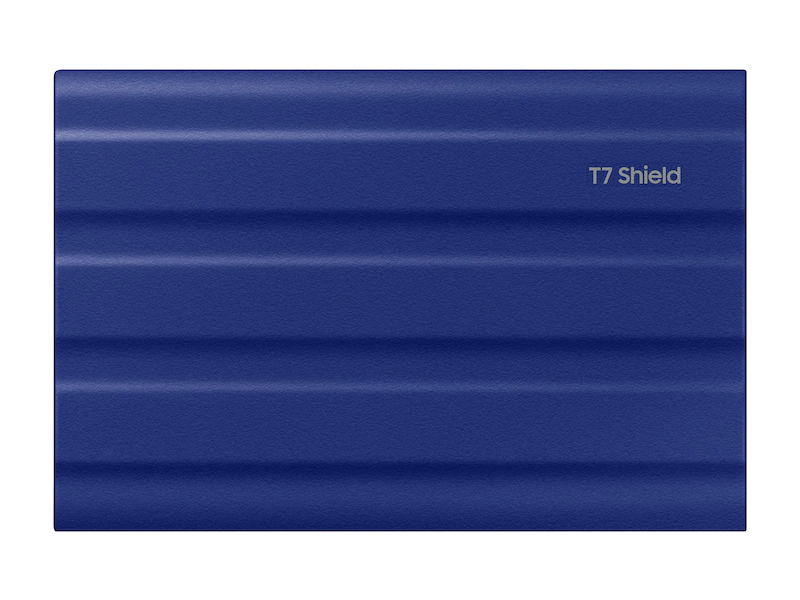
The T7 Shield is available in black, blue, and beige, with 1TB and 2TB capacities priced at $159.99 (£134.79/around AU$224) and $289.99 (£250.99/around AU$406), respectively; no 500GB or 4TB options are available. Once you obtain the relevant purchase links, they will update the article.
Design of Samsung T7 shield
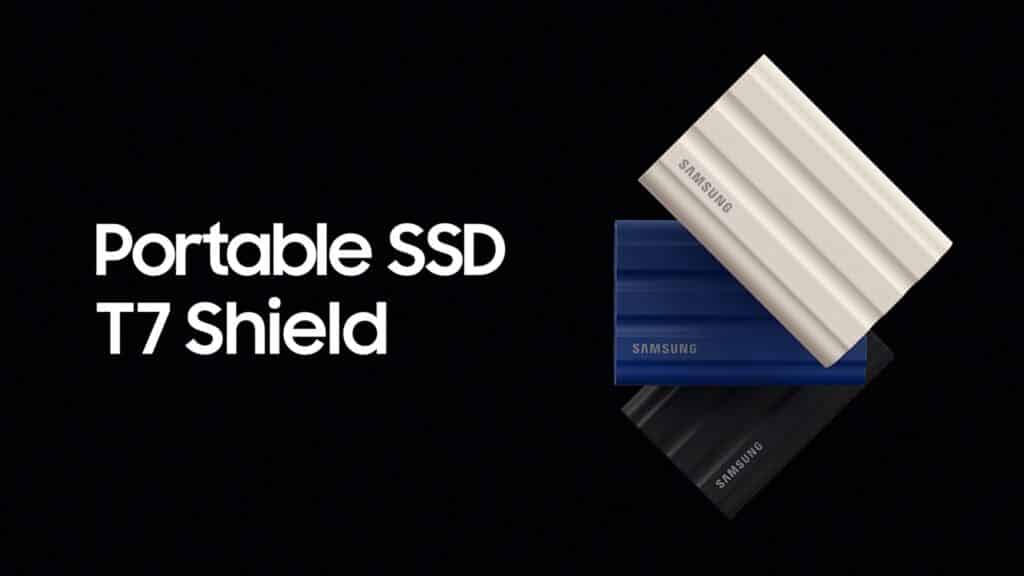
Following the lead of the T5, T7, and T7 Touch, the T7 Shield has the same form factor as its founders, with a complete metal aluminum body and a rubber exterior for toughness. Samsung’s latest external SSD has an IP65 (rather than IP68) classification and can resist drops of up to 3 meters. It is incredibly portable, weighing less than 100g, and measures 88 x 59 x 13mm. It maintains the same overall design as its greats.
Apart from the Type-C port (USB 3.2 Gen2), there isn’t much to discuss.
Security and Durability
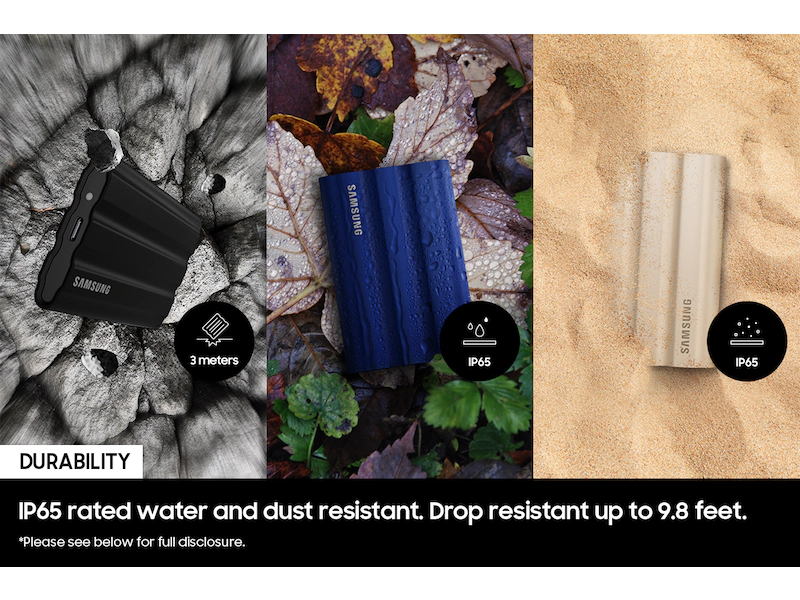
The Samsung T7 shield is a well-rounded external SSD with fast performance, hardware-based security, and a durable design that protects your data from drops, dust, and rain. Its security isn’t quite as convenient as the Samsung T7 Touch with a fingerprint sensor, but it should keep your data safe and is more secure than the Touch. The SanDisk Professional G-Drive SSD, another top portable SSD selection, is equally as safe as and even faster than the T7 Shield, however, it’s designed for Macs and will require rebooting to use with a PC. The G-Drive is a little more expensive than the Shield, but it comes with a five-year warranty.
All things considered, the Samsung Portable SSD T7 Shield is a very well, secure solid-state drive with greater durability than most. You’ll appreciate having a drive like the T7 Shield to keep your data safe if you ever take your laptop on the go or into the great outdoors, whether for business or pleasure.
Hardware
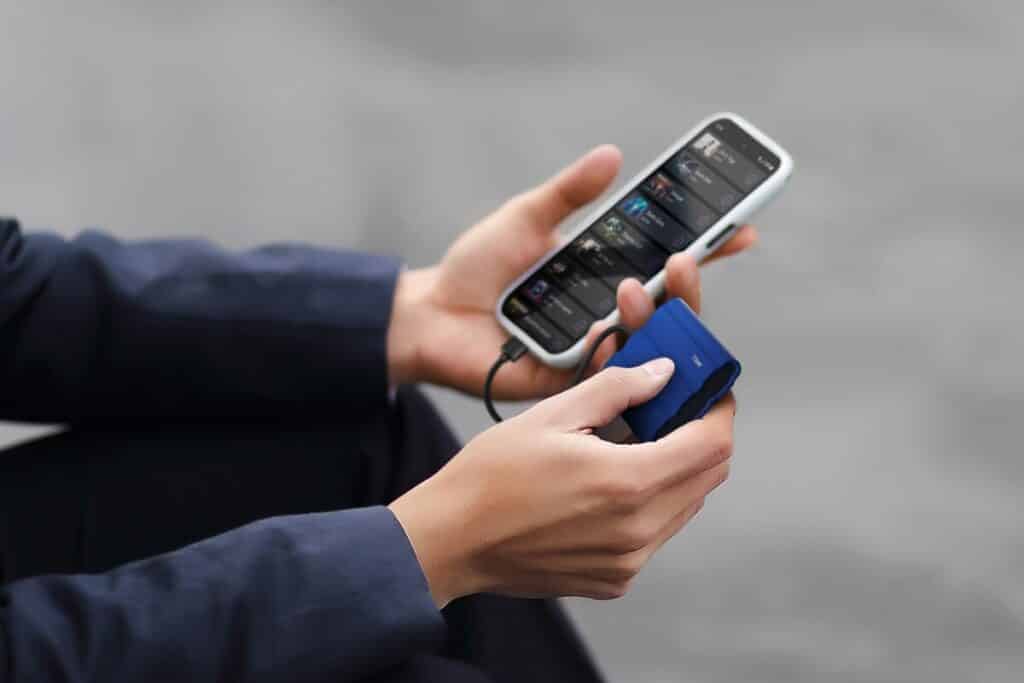
Users didn’t open the T7 Shield, but a company representative confirmed that it has the same fundamental components as the T7 and T7 Touch, which were released approximately 18 months ago. That means a 92-layer TLC fifth-generation V-NAND will most likely be used with a Samsung-sourced DRAMLess NVMe driver. Two cables are included in the T7 Shield pack, one with a Type-A connector and the other with a Type-C connector. The latter enables the external SSD to be quickly connected to a mobile device such as a tablet or smartphone.
Performance of Samsung T7 shield
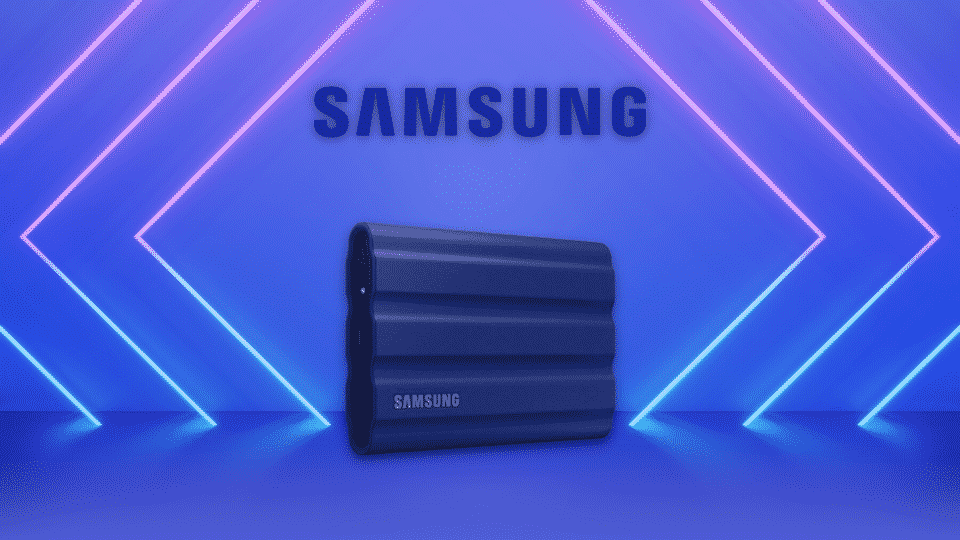
The T7 Shield comes with two software programs. Magician, an SSD storage utility that keeps the device in good health, and Portable SSD, which allows the user to password encrypt the contents of the portable SSD. Is it possible that these two may have been combined? Absolutely. Users like to see a similar cloud storage partnership for the T7 Shield. Samsung included Microsoft OneDrive with all of its current Galaxy smartphones.
Samsung claims that the T7 Shield can read and write at speeds of up to 1.05GBps and 1GBps, respectively, which is in line with the T7 Touch. Read speeds ranged from 827 to 970MBps, while write speeds ranged from 812 to 944MBps. It averaged 477.3MBps in our 10GB real-world file transfer, which is around 20% slower than the Kingston XS2000.
Efficiency
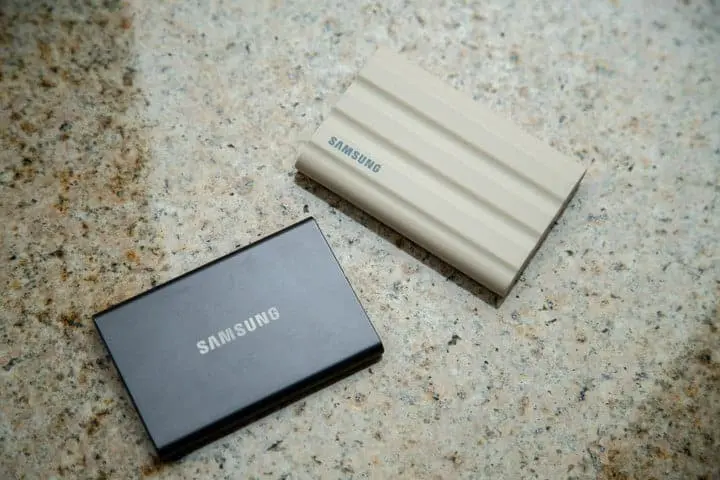
The Samsung T7 Shield beat its T7 Touch predecessor in almost every way, especially when it comes to creating files. Shield has 2TB, while the Touch’s initial storage was 500GB. Because the pressure can treat extra NAND as single-bit/stage, SLC secondary cache, this can simply produce a difference, especially after a day of long writes.
Quicker writing is also a big part of the reason for the better overall performance in 48GB transfers. In fact, the earlier Touch proved to be a speedier reader. The T7 Shield is similar to a flash 10Gbps SSD and is significantly faster at writing than its predecessor.
When it came to creating a single big 450GB file, having 2TB instead of 500GB to play with was a treat for the T7 Shield. Having said that, the LaCie used to be 2TB and no longer as quick. Since the last T7 version, Samsung has obviously improved its recreation (or parts).
Having a large amount of NAND to use as cache can benefit one day when doing long, sustained writes.
There aren’t many 10Gbps SSDs that can compete with the Samsung T7.
Conclusion
The Samsung T7 Shield is an update, a minor upgrade to the T7 line; it gives the T7 an IP65 classification and that’s it. It’s not that it’s a horrible product; it’s just that it’s not competitive enough. There are cheaper and better-protected devices available, even from Samsung, unless you want to stay with the brand.
Even if you wished for a little more water-proofing, the Samsung T7 Shield is a far better pressure for severe environments. Obviously, it lacks the convenience of fingerprint security that the Touch provides, but it is definitely a better performer.
















